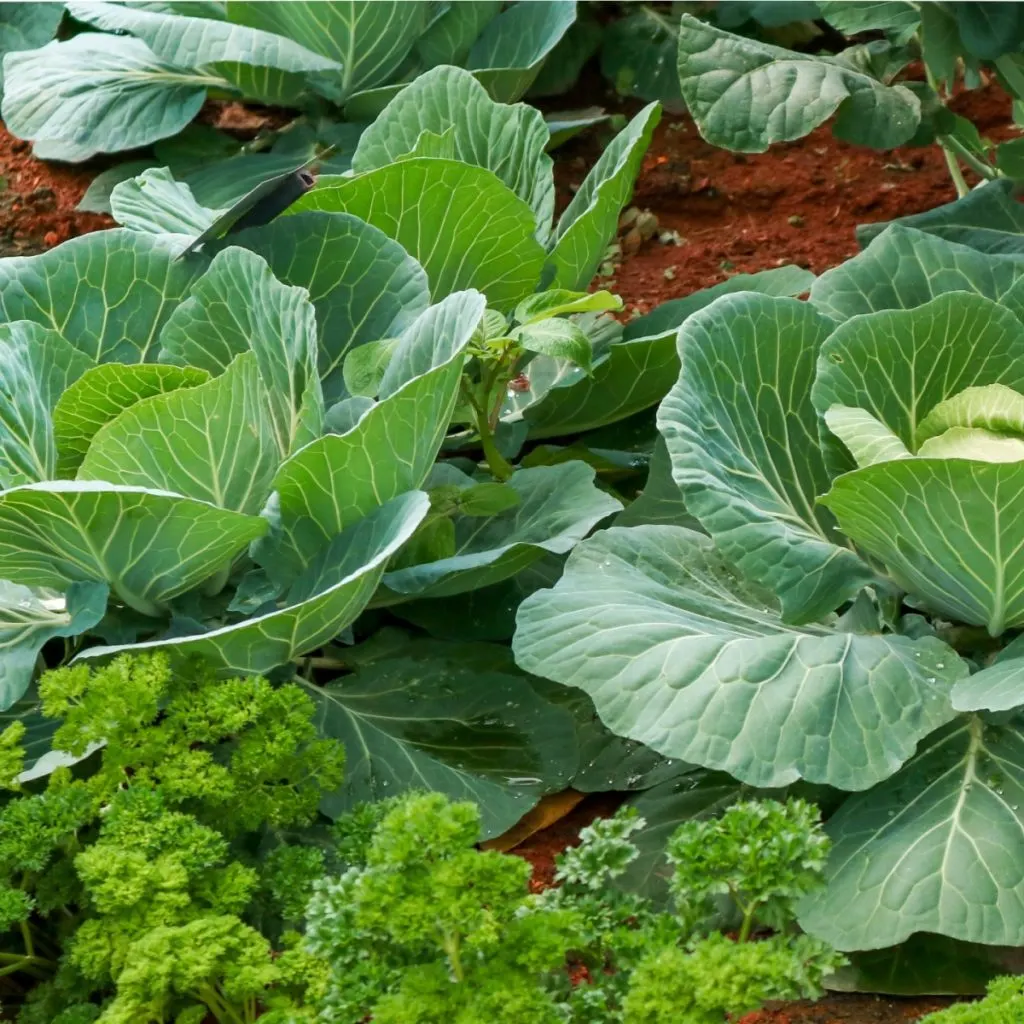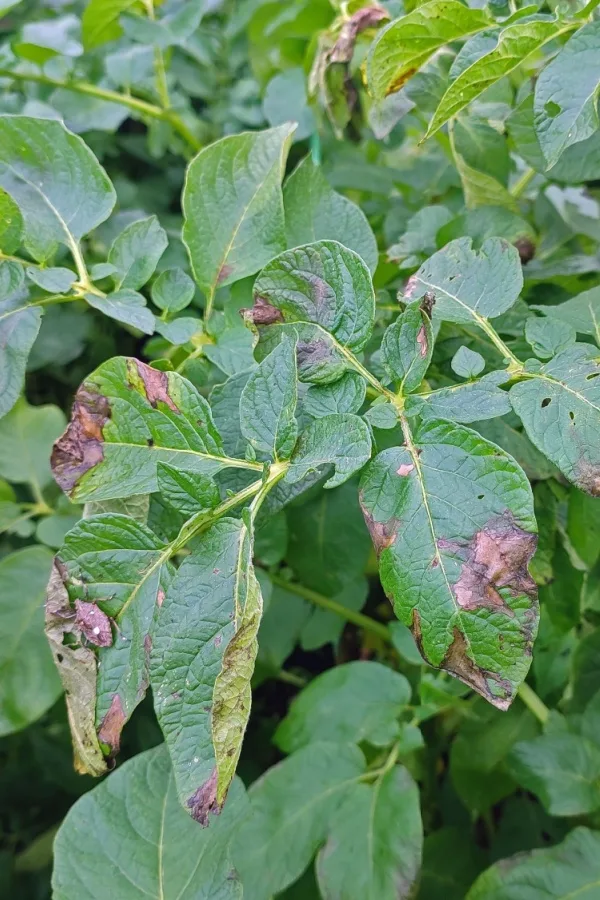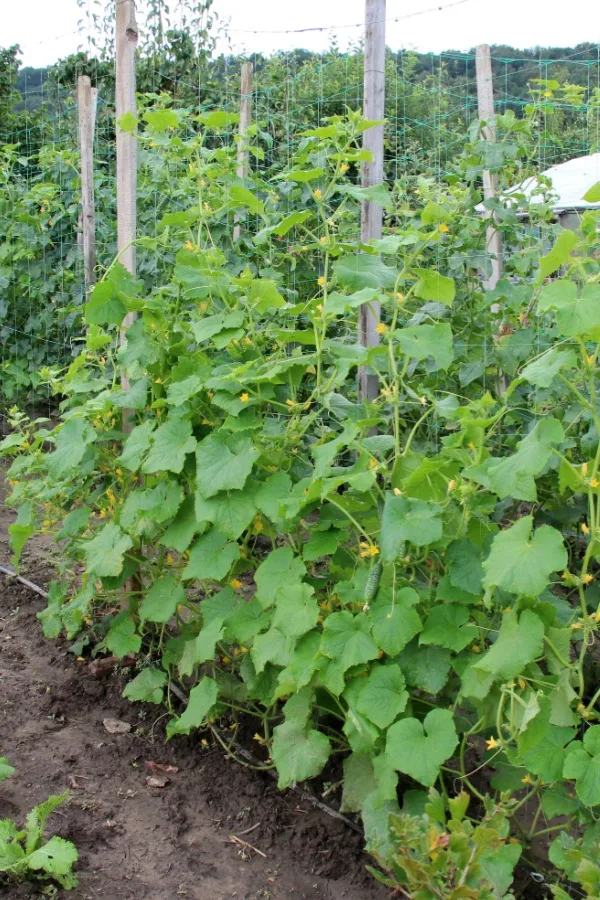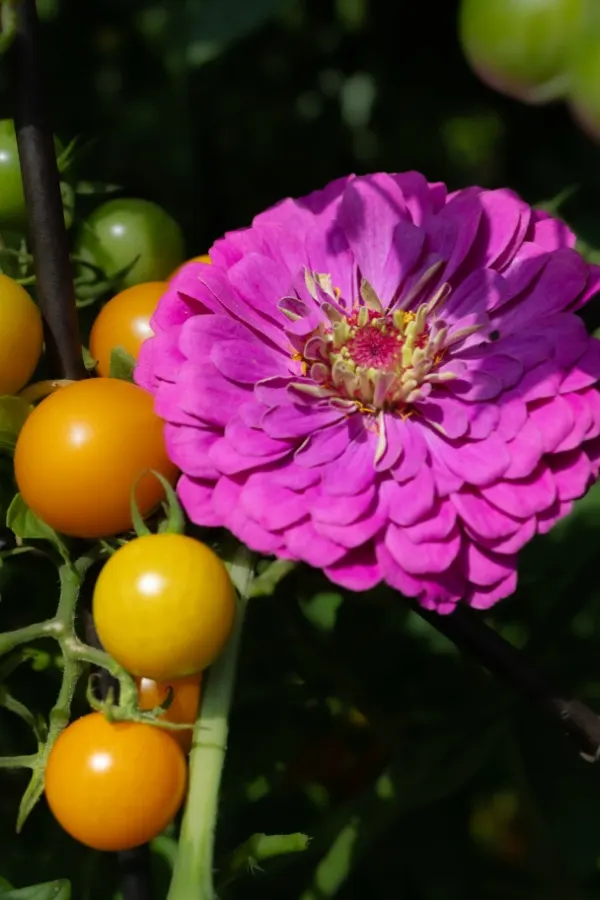Did you know that there are several vegetable plants and herbs that you should always keep far away from where you grow your tomatoes?
It’s true! There are actually quite a few plants that can harm your tomatoes if they are planted to grow nearby. Thankfully, by simply locating these far away from your beloved tomatoes – you can not only help keep disease and pests away, but also grow a far bigger harvest of tomatoes too!
Companion planting, which is the process of growing specific plants near one another, can have so many wonderful benefits for the vegetables and flowers growing within your garden space.

A great example of this is growing marigolds near tomato and pepper plants. Marigolds have a very strong scent that helps to deter major pests like hornworms. Insects like whiteflies and aphids also dislike the scent of marigolds and tend to steer clear if they are planted nearby.
Keeping Trouble Away
On the flip side, some plants don’t play as nicely when growing next to tomato plants. And unfortunately, when they grow nearby, they can have devastating results. Both for your tomato plants – and the plant growing close by!
Some plants draw in pests and insects that can weaken and damage your tomato crop. Others, meanwhile are highly susceptible to the same diseases that can devastate tomato plants. Because of that, growing them in close proximity to your tomatoes increases the likelihood of both crops contracting often fatal diseases.
What’s more, some plants compete for soil space as well as vital nutrients and moisture that tomato plants need in order to grow and produce blooms and fruit. So with keeping your tomato plants safe – here are 6 of the top plants to keep far away from your tomatoes this year!
6 Plants To Keep Away From Tomatoes!
Cabbage
The biggest issue with growing cabbage plants near tomatoes is they can stunt the growth of your tomato plants.
Cabbages grow extensive root systems. These roots take up a tremendous amount of soil space. In addition, the roots are also excellent at soaking up all the nutrients and moisture from the soil. Of course, these are resources that tomato plants require in large quantities as well.
In this case, the overly massive root structure of a cabbage plant simply wins out and takes all the power away. In the end, when cabbage grows near tomatoes, the result is often smaller tomato plants that have a big reduction in the tomatoes they should produce.
Potatoes
Even though tomatoes and potatoes are both members of the Nightshade family, they should never be grown together or near one another in the same space. The issue with these plants is that despite growing completely differently from one another, they both require the same type of nutrients.

Just like cabbage, both tomatoes and potatoes are very heavy feeders. This means the nutrients in the soil can quickly become depleted when both are grown nearby, leaving nothing left for the other plant. Both plants usually end up with stunted growth and a reduction in their harvests.
In addition, potatoes and tomatoes both suffer from blight and wilt. Having both of these plants growing next to each other only increases the threat of this deadly disease. And once one gets it – the other will have it in short order!
Sweet Corn
Fresh sweet corn and tomatoes are two of the best flavors that come from a summer garden. However, they don’t work so well when they grow near one another!
To begin with, sweet corn is a common host for a devastating pest called corn earworm. Also known as a tomato fruitworm, the larvae feeds on both the sweet corn kernels and the fruit of tomatoes.

Once the sweet corn silks turn brown and the larvae turn into moths, they start to look for a place to lay their eggs for the next generation. And if you have tomato plants growing nearby, they make an excellent host.
But even more, for tomato plants, there’s the issue of sunlight. Some sweet corn varieties can grow to be around 8 feet tall when mature. This height blocks out the sunlight tomato plants need to produce and ripen their fruit.
Without the required 6-plus hours of sunlight, tomato plants have a hard time turning the sun’s light into power and growth via photosynthesis. This results in far smaller plants with far fewer blooms.
Cucumbers
Both tomatoes and cucumbers are susceptible to some of the same types of diseases like powdery mildew and blight. Growing these plants next to one another makes the chances of catching those diseases twice as likely. Again, if one gets it – the other will likely have it in short order, ruining both crops.

In addition, similar to sweet corn, vining cucumbers can get rather tall if allowed to trellis up supports. This can cause an issue with blocking sunlight if they are placed too close to tomatoes. A lack of proper sunlight will leave you with shorter than normal tomatoes and a big reduction in fruit.
It’s best if you can always at least locate a few rows from one another to alleviate any chance of issues arriving for either.
Dill
While most herbs grow quite well around tomato plants (basil is a great example), that is not the case with dill. Especially when dill matures and forms it seed head.
Although dill will attract beneficial insects like ladybugs, wasps, and praying mantises and keep aphids away, once the plant matures and goes to seed, the seeds begin to quickly absorb a lot of nutrients form the soil. Nutrients that your tomato plants need for production!
It’s best to keep dill at least 15 to 20′ feet away from any tomato plant. At that distance, you still get the insect repelling benefit. But, without the worry of the seeds dropping around the root zone of a tomato plant!
Carrots
Carrots are a great plant to grow where you will be growing tomatoes next year, but not during the same season. With their deep roots, carrots help to break up the soil and loosen it for later plants to grow easier.
But when they grow near tomato plants in the same season, their long tap root takes all of the nutrients from the soil. In addition, while there aren’t many pests that bother both carrots and tomato plants, both are susceptible to blight. (See “What Causes Tomato Blight – And How To Keep It Off Of Your Plants!”)
Good Companion Plants
While the above plants should never be grown near tomatoes, there are some excellent companion plants for tomatoes.

As mentioned above, marigolds and basil are two of the best. Marigolds repel a long list of pests and bring in pollinators. Basil can also help to repel pests, increase tomato yields, and even improve the flavor of the harvested tomatoes.
Zinnias are another beautiful flowering annual that are great to grow next to tomato plants as well. These flowers push out tons of vibrant, colorful blooms that help to draw in loads of pollinators – which of course can help your tomato plants produce even more fruit.
So while there are some plants to never grow near tomatoes, there are plenty of others that can do wonders with helping to protect and improve your tomato harvest this year!
Simple Garden Life
Follow Our Facebook Page For Even More Great Tips! Simple Garden Life Facebook Page
Simple Garden Life is a website dedicated to keeping gardening fun, simple and enjoyable! We publish two new articles each week along with a new garden podcast episode every two weeks. This article may contain affiliate links.
